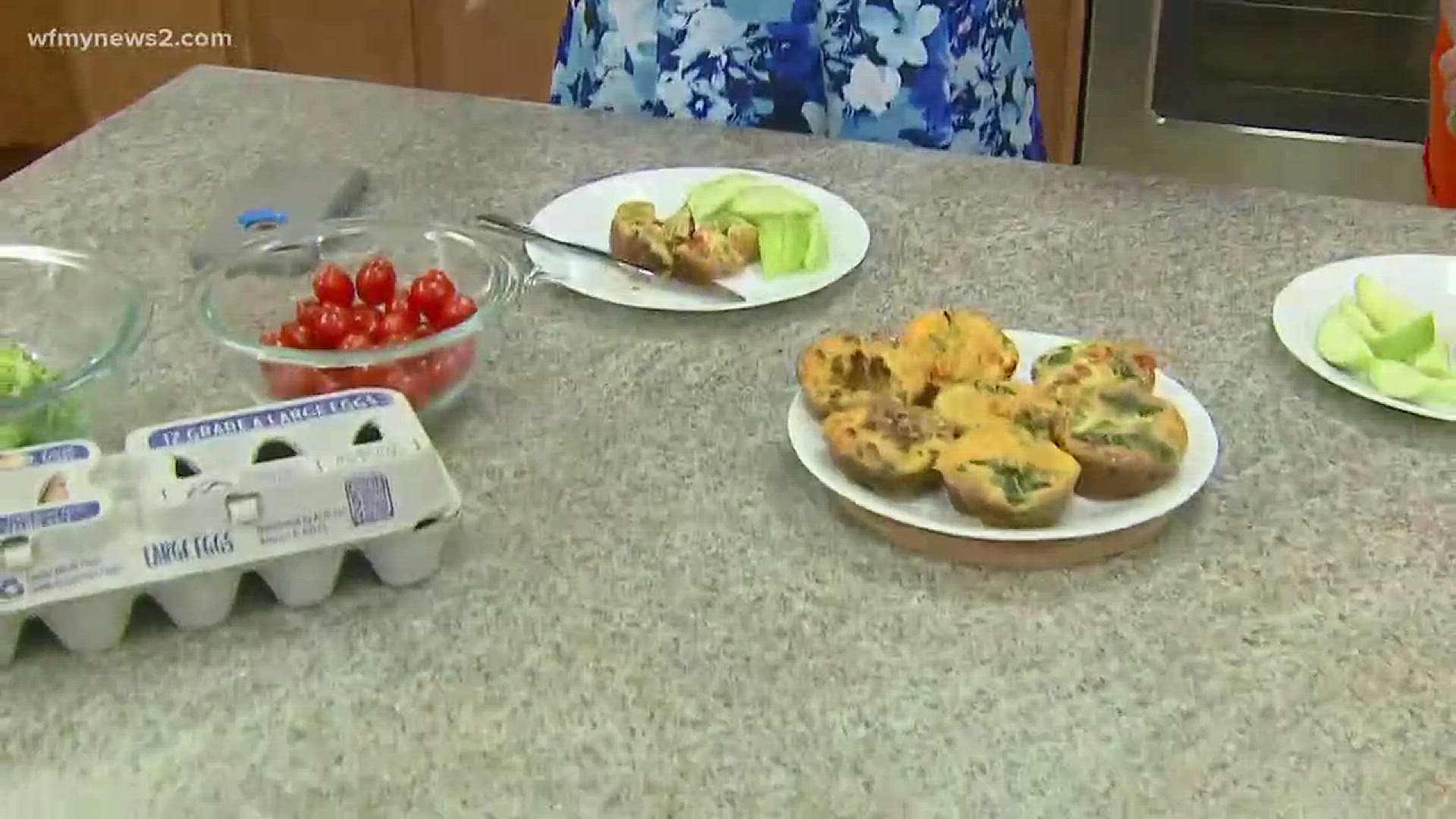HIGH POINT, N.C. - The YWCA of High Point is offering free healthy cooking classes.
The women's organization says the program is designed to teach people how to cook hearty healthy meals to fight chronic diseases.
When it comes to healthy eating, it's all about taking small steps each week to improve your nutrition.
The following programs are open to the community and free to attend, but pre-registration is required:
Pink Goes Red: Cooking Class for Heart Health
When: Thursday, February 1st from 5:30pm to 7:30pm.
The Eta Omicron Omega Chapter of Alpha Kappa Alpha Sorority Inc. and the Triad American Heart Association are collaborating to host a workshop designed to teach participants how to cook heart healthy meals.
Take Control: Nutrition program
When: Every Friday in February starting Friday, February 2nd at 5:30pm.
In this workshop participants will sample healthy foods, learn how to control sodium, fat, added sugars, and learn how to prevent or manage chronic disease.
Eating Heart Healthy: Cooking Course
When: Every Friday starting Friday, March 2nd, 2018 at 5:30pm.
A healthy diet and lifestyle are your best weapons in the fight against heart disease. This is a free 5-week cooking course designed to teach participants how to make smart choices to benefit your heart and your overall health. Not only will there be food samples, but participants will also be able to recreate the meals at home by receiving all of the required ingredients!
If you're interested in participating in the cooking program, call the YWCA at 336-882-4126 to register.
When it comes to eating healthy, it's easier than you think.
The U.S. Department of Health & Human Services offers the following healthy eating goals:
- Make half your plate fruits and vegetables: Choose red, orange, and dark-green vegetables like tomatoes, sweet potatoes, and broccoli, along with other vegetables for your meals. Add fruit to meals as part of main or side dishes or as dessert.
- Make half the grains you eat whole grains: An easy way to eat more whole grains is to switch from a refined-grain food to a whole-grain food. For example, eat whole-wheat bread instead of white bread.
- Switch to fat-free or low-fat (1%) milk: Both have the same amount of calcium and other essential nutrients as whole milk, but fewer calories and less saturated fat.
- Choose a variety of lean protein foods: Meat, poultry, seafood, dry beans or peas, eggs, nuts, and seeds are considered part of the protein foods group.
- Compare sodium in foods: Use the Nutrition Facts label to choose lower sodium versions of foods like soup, bread, and frozen meals. Select canned foods labeled "low sodium," "reduced sodium," or "no salt added."
- Drink water instead of sugary drinks: Cut calories by drinking water or unsweetened beverages.
- Eat some seafood: Seafood includes fish and shellfish. Seafood has protein, minerals, and omega-3 fatty acids (heart-healthy fat).
- Cut back on solid fats: Eat fewer foods that contain solid fats. The major sources for Americans are cakes, cookies, and other desserts.

